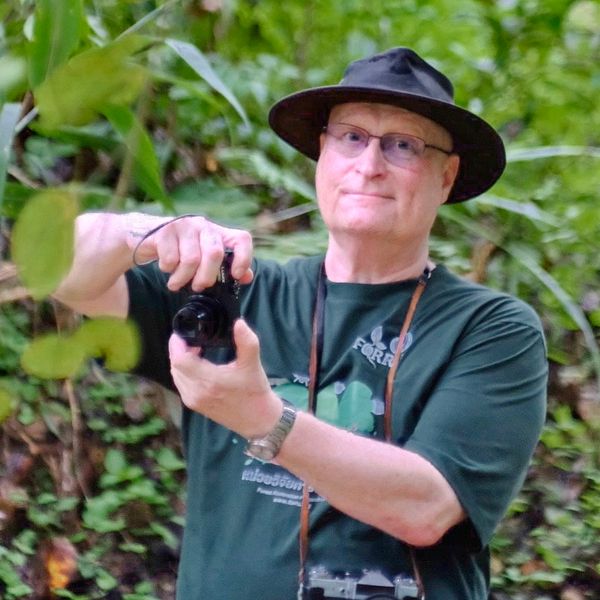Effects of forest restoration age on the species diversity of epiphytic bryophyte communities

Chawengkul, P., P. Nangngam & S. Elliott, 2023. Effects of forest restoration age on the species diversity of epiphytic bryophyte communities. Nat. Life Sci. Commun. 22(2): e2023022.
Contributors
ABSTRACT: We examined recovery of bryophyte diversity during forest restoration by the framework species method (FSM), as a component of overall biodiversity recovery—one of the defining indicators of restoration success. The epiphytic bryophyte communities in FSM trial plots (13 and 21 years since tree planting), were compared with those of old-growth forest in the upper Mae Sa Valley, northern Thailand. Bryophytes were surveyed in June 2019, on the bark of 3 framework tree species: Archidendron clypearia, Erythrina subumbrans and Sarcosperma arboreum. Fifteen species were recorded, representing 14 genera and 12 families in 3 morphological groups: acrocarpous mosses 4 species (27%), pleurocarpous mosses 5 species (33%) and leafy liverworts 6 species (40%). Within 13 years after restoration initiation, bryophyte species richness had increased to the same level as that recorded in old-growth forest. Furthermore, the bryophyte community species composition of the older restoration forest was more similar to that of natural forest than was the bryophyte community species composition of younger forest. We conclude that the FSM effectively recovers bryophyte diversity and directs the successional trajectory of the bryophyte community towards that of old growth forest within an acceptable time span. The use of bryophytes as indicators of forest restoration progress is discussed.



